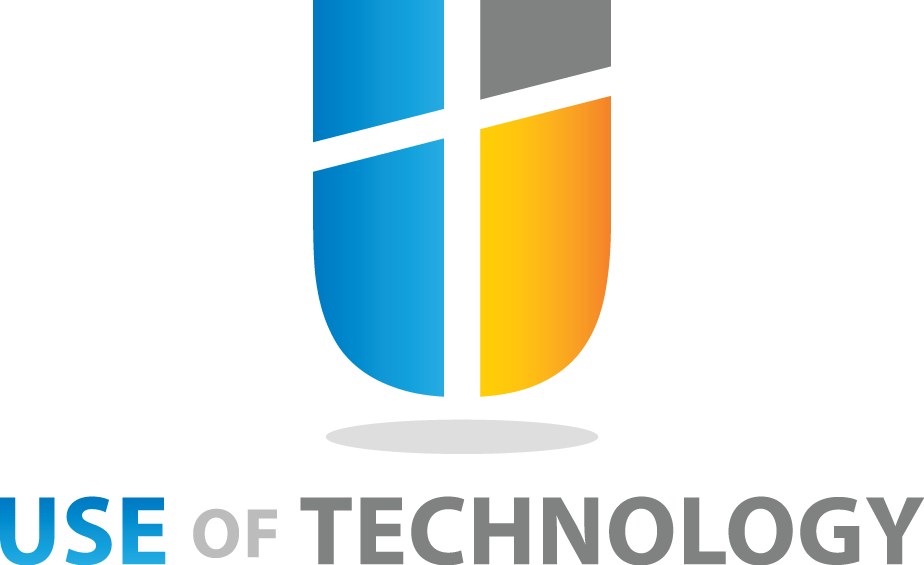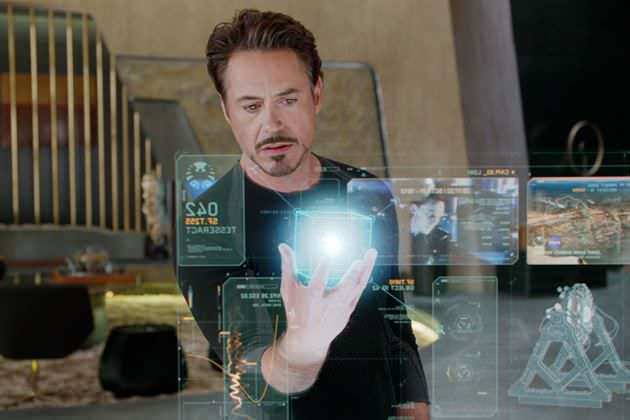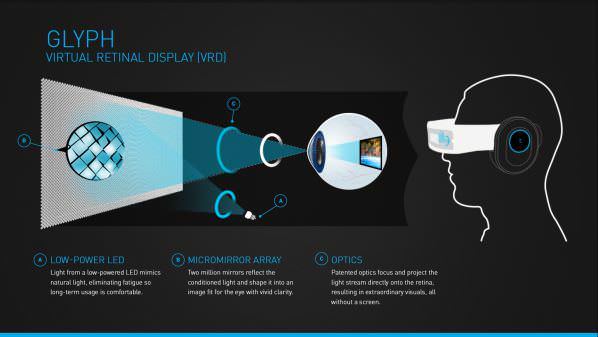All of us remember the screen-less 3D projection of Princess Liea in Star Wars, but did we expect it to become possible one fine day? We guess not. Well, keeping up with the ongoing trend, technology has once again bewildered us. According to the MIT latest technology review, screen-less display is one of the biggest technology breakthroughs of 2014. On one hand, where this screen-less display can solve the privacy and security issues, it can also solve the portability issues on the other hand.
What is this Screen-less display?
It is the projection of visual information through the deflection of light. The light is usually deflected through fog, mirrors or plastic films. Although, research is still going on whether air can be used to deflect the light but these efforts have yielded no result to date. Apart from this, there are other types of screen-less displays as well; these displays do not require an intermediate medium for the projection of light. Broadly speaking, screen-less displays can be categorized into three groups: Visual Image, Retina Display and Synaptic Interface.
Visual Image
This kind of display usually requires a medium for the deflection of light; light is always deflected before reaching a person’s eye. One example of this display is a hologram. Hologram is the latest form of photography which consists of Lasers, lenses, mirrors, objects and Holographic films; when an object and a laser beam interface, they create an illusion of a 3D image. Another example is the virtual reality goggles.
Retina Display
Retina Display aims at projecting the image directly onto a person’s retina. In this type of display, light is not deflected, rather it is projected directly onto the retina and thus only authorized personnel are able to see the information. This display can be extremely helpful in maintaining the privacy and security of the contents. A person can even control the intensity of display through his voice. With this technology available in the market, you can even work in a café without having to worry about other people around you.

Synaptic Interface
This type of display does not use light at all. Instead, the information is directly sent to the brain. This technology is the most advanced of all, and is still under great development. Synaptic Interface has not been tested on humans yet but scientists are of the view that it will prove extremely helpful especially in the case of blind people.
screen-less display has many advantages and it can be used for many beneficial purposes including security systems, secure communications, education, commercial purposes, planning and broadcasts. Although cell phones help us a great deal but we cannot use them for cumbersome tasks- tasks that include a lot of typing- since the keypad and screen are really small, and thus we have to refer back to our laptops for important assignments. However, with the screen-less display in the market, this problem can easily be overcome with a person being able to access information and use the display keyboards for all the important work.



